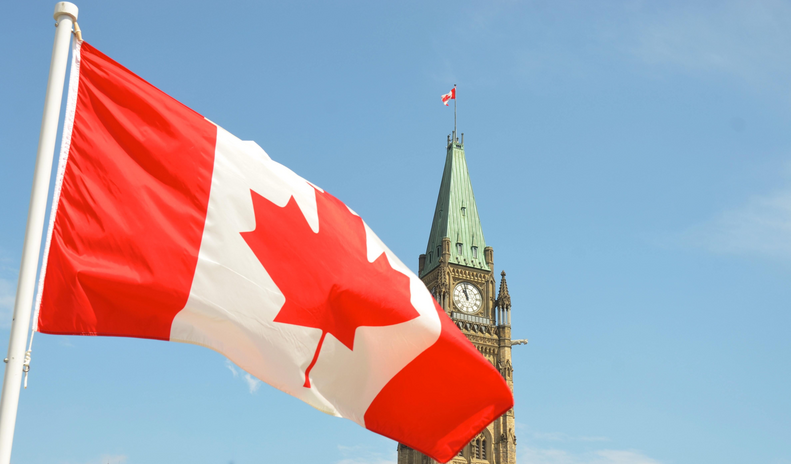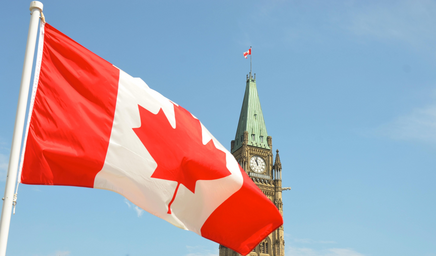On a warm September morning, I walked out of a polling station after my first time voting and took a deep breath. There was something in the air that I just couldn’t place. I paused, smacked my lips like I was in a wine tasting and realized with a start that what I was sensing was a feeling of hope.
If I had a time machine, I’d go back and shake myself out of it.
According to Equal Voice, a Canadian organization recording gender diversity in politics, this year’s snap federal election had the most women and gender-diverse candidates running in history. With record-breaking numbers of women and gender-diverse people up for a seat in Parliament, I expected record-breaking results. But that didn’t happen.
Compared to 2019 when 29 per cent of candidates elected were women or gender-diverse people, this year’s results increased that number by one per cent. Even worse: that meant only 17.5 per cent of women and gender-diverse candidates were successful in their attempt.
Women currently make up 50.4 per cent of Canada’s population, yet we only make up 30 per cent of the most important decision-making body in the country. Plus, a majority of elected women are straight, cisgender and white, which means there’s even less of a voice for Canadian women with intersectional identities.
In a country where the Prime Minister is a self-proclaimed feminist who emphasized gender issues by appointing an equal number of men and women to his cabinet in 2015, it’s easy to assume that sexism is no longer an issue in the land of the True North, strong and free. But, recent criticism in Prime Minister Trudeau’s handling of the SNC-Lavalin scandal has unearthed remnants of the patriarchy that still exist in Canadian politics.
During the Sept. 9 federal debates, former Green Party leader Annamie Paul didn’t hold back in calling Prime Minister Trudeau out, saying how “[she does] not believe that Mr. Trudeau is a real feminist,” and how, “a feminist doesn’t continue to push strong women out of his party when they are just seeking to serve.”
With an unimpressive total of 102 women and gender-diverse people heading to Ottawa, we’ll have to see how they’ll struggle to make their voices heard in the upcoming years. Meanwhile, I’ll be counting down until the next federal election, still foolishly holding onto that sense of hope.


